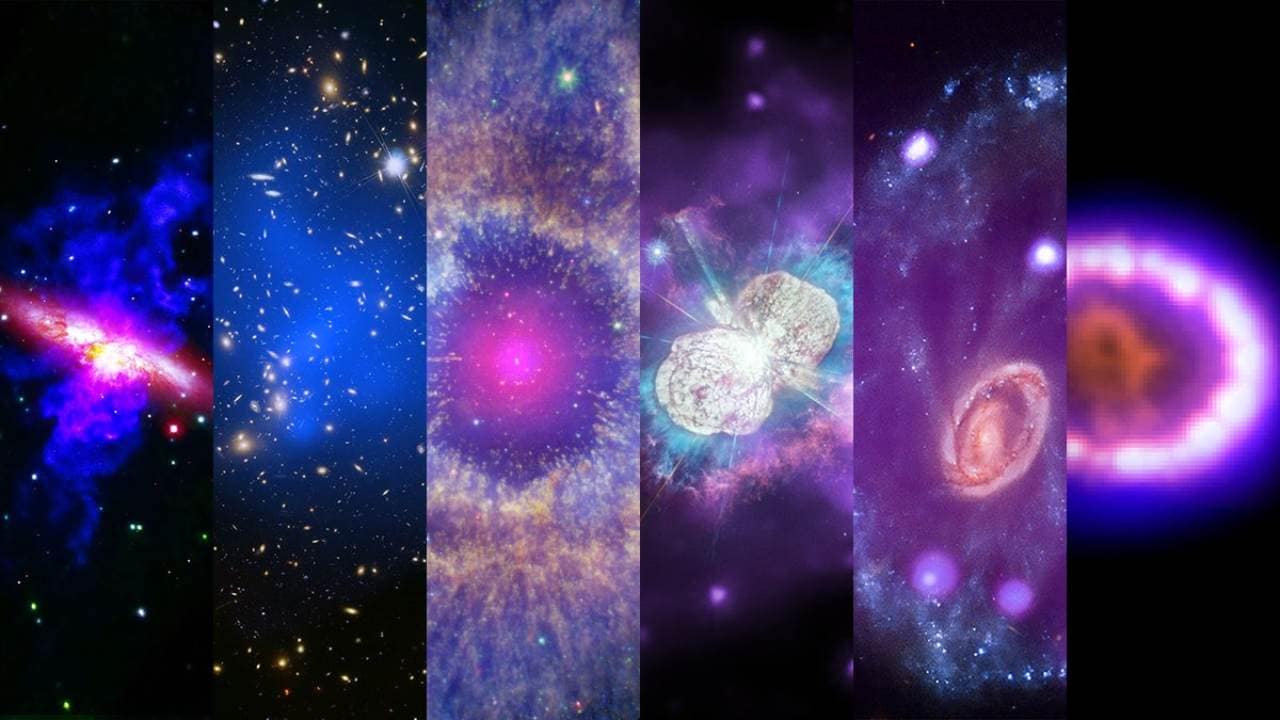
FP TrendingSep 08, 2020 18:53:21 IST
NASA’s flagship mission for X-ray astronomy, the Chandra observatory has brought some spectacular pictures of several cosmic objects like galaxies, supernova remnants, stars, and planetary nebulas.
In a recent blog post, the space agency posted the pictures and their explanations. Lights visible in the wavelength of radio waves to gamma rays have been captured to better understand the objects in space. The project was aimed at showcasing the “combination of data from telescopes that explore different wavelengths of light,” as per an official tweet from the observatory.
#News: Observing different types of light, from radio waves to gamma rays, is crucial to gaining a better understanding of objects in #space. New images showcase the combination of data from telescopes that explore different wavelengths of light: https://t.co/apiyNfjnkR pic.twitter.com/TULElZYuHo
— Chandra Observatory (@chandraxray) September 2, 2020
One of the images showcases galaxy M82 or Messier 82 as it undergoes bursts of star formation. Repeated supernova explosions have led the temperatures to go above ten million degrees. While the X-rays from Chandra have captured the outflows of the blasts, the Hubble telescope shows the galaxy.
[embedded content]
Chandra has also captured Abell 2744 galaxy cluster, where galaxy clusters are the “largest objects in the universe held together by gravity”. Again, the super-heated gas glows brightly in X-ray.
Data taken from the Chandra observatory showed the location of the shock wave of Supernova 1987A (SN 1987A). Spotted on 24 February 1987, this blast became one of the brightest supernova explosions in centuries. NASA said that Eta Carinae, a system that has two massive stars closely orbiting each other, is one of the prime candidates in our Milky Way galaxy to explode as a supernova. Chandra has managed to present a bright purple hue of the gas surrounding the system.
The other spectacular images are that of the Cartwheel Galaxy and Helix Nebula.
Launched in 23 July 1999, Chandra is a telescope that has been specially designed to detect X-ray emissions from extremely hot regions of the universe. This includes exploding stars, clusters of galaxies, and matter surrounding black holes. As X-rays get absorbed by the earth’s atmosphere, the telescope is stationed above it, at an altitude of 1,39,000 km in space.
Post a Comment